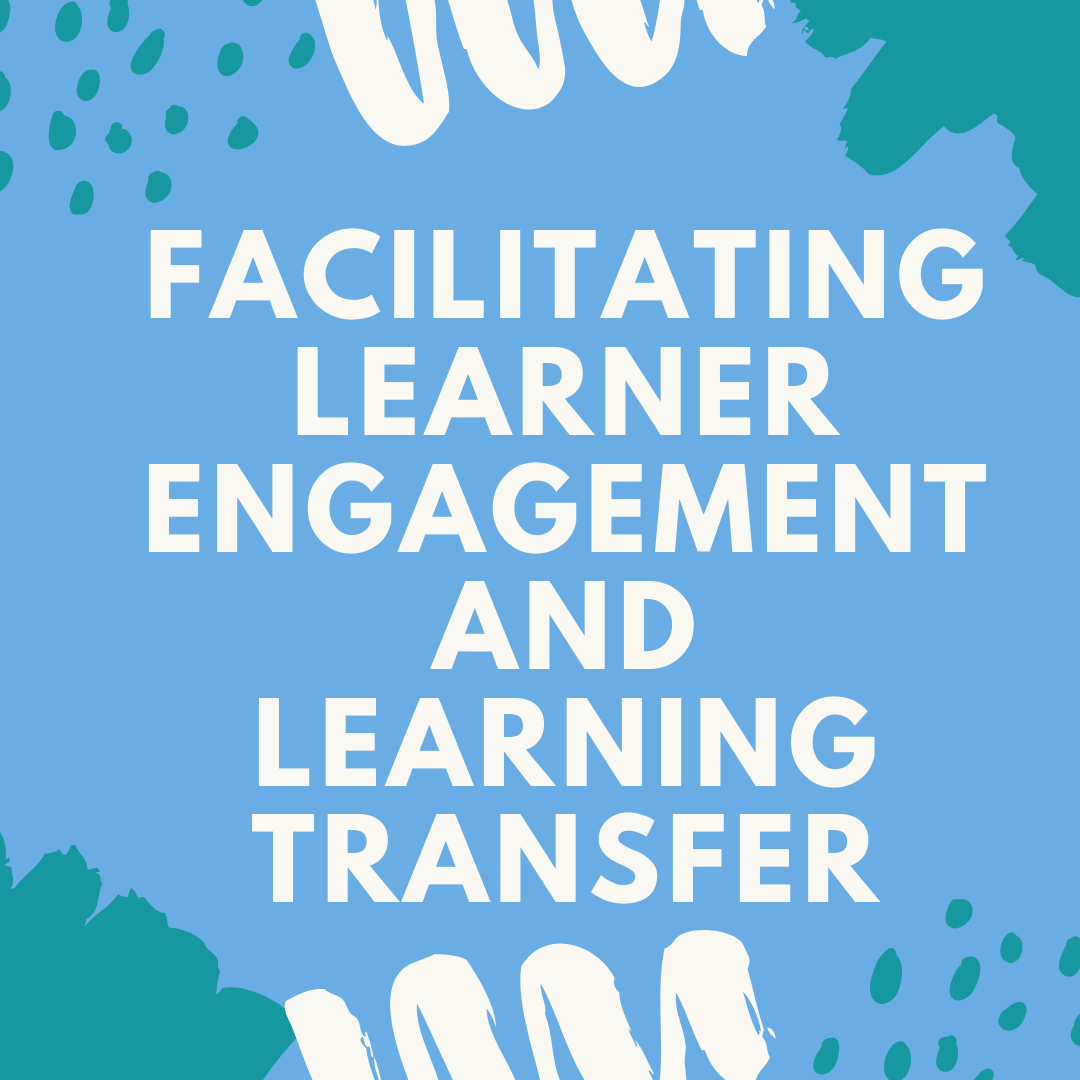Creating Inclusive Learning: The Toolkit Trainers Have Been Waiting For
How do we ensure learning is inclusive and accessible for everyone? That question is at the heart of our latest resource,Create Inclusive Learning...


Guest author Jenny Holt revisits the idea of outdoor learning in her newest blog.
Professional trainers must adapt to any learning environment, including those in the great outdoors. And when you consider where our learners work, understanding how to manage mother nature as a fickle classroom host becomes an important skillset for many L&D professionals.
In America, over half of all jobs require working outside, and this means that a large part of the training needs to be outside too. From farming and agriculture to forestry, construction, transportation and the hospitality industry, sitting at a desk in an office certainly isn’t the norm.
The problem with working outdoors, however, is that sometimes the weather can be restrictive. For instance, if you are a tree surgeon, you certainly don’t want to be training on days when there are high winds.
So what can you do when the weather interrupts your outdoor training session?
Revisit Health and Safety Procedures
Take the change in the weather as an opportunity to revisit health and safety procedures with employees. These need to be revisited on a regular basis, particularly when it comes to manual handling techniques. Give your employees a list of scenarios and discuss what the correct thing to do would be in each situation with regard to health and safety. It is a good idea to involve trainees in the risk analysis process, so that they understand the things that could go wrong in their line of work, and what the possible consequences could be. The fact is that employees who feel safe and secure at work are more productive. If productivity goes up, then everyone benefits.
Roleplay Customer Interaction Situations
Almost every job involves dealing with members of the public, clients and customers. If you are stuck indoors for your training session, it is a good idea to go over common customer-facing situations and discuss the proper way to deal with them, especially if there is the possibility of confrontation. It is important to always deal with work situations in a calm and responsible manner.
For instance, take this scenario - you are taking tourists on a tour of an island, and one of them is unhappy that you haven’t visited a certain attraction. How are you going to deal with this situation? It is worth making a list with your group of trainees of the type of common scenarios that might crop up on a regular basis, and practice your responses.
Get to Know Your Employees
Don’t underestimate spending a little time on some team building exercises - they can really help everyone to get to know each other. This is the key to being able to cooperate well together and build up a good rapport. Learning more about the individuals that you are working with helps to establish trust and mutual respect for one another.
Bad weather doesn’t have to hamper your training program. You can use the time productively to still improve the knowledge of your employees, and boost your business.
Additional Resources

How do we ensure learning is inclusive and accessible for everyone? That question is at the heart of our latest resource,Create Inclusive Learning...

1 min read
Why L&D Needs To Ensure the Virtual Delivery Team is Fully Skilled & Competent The Virtual Facilitator is often seen as the ‘face’ of the virtual...

Workflow learning is something we're starting to hear a lot about. It's the concept of embedding content into the flow of work at each moment of...